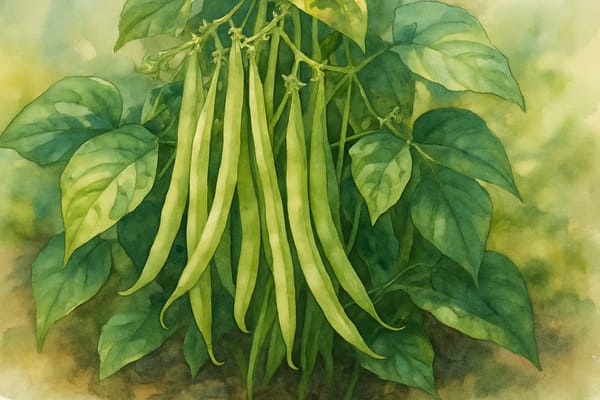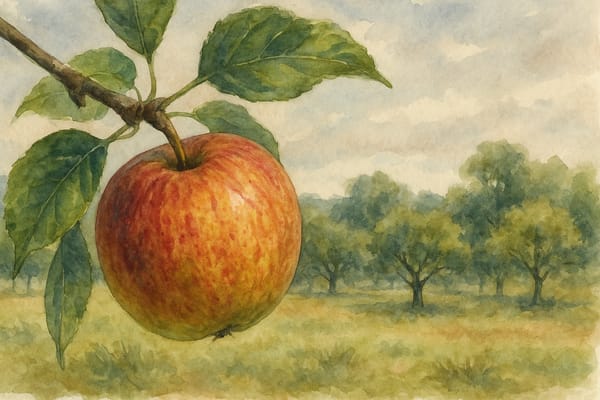In the soft warmth of late spring, when the last of the frosts have slipped quietly from the garden, there’s a certain joy in sowing Tendergreen — a dwarf French bean that feels both generous and quietly unassuming. Unlike its climbing cousins, Tendergreen nestles low and self-contained, ideal for a tucked-away bed, a wide terracotta pot on a sunny wall, or a shared space in a companion-planted patch.
With its smooth, stringless pods and an eagerness to produce, Tendergreen (Phaseolus vulgaris) has earned its place in gardens across Cornwall and beyond. Its pods arrive swiftly, just 52 to 56 days after sowing, and each one seems to carry the freshness of midsummer within. These beans are meant to be picked young and often — a rhythm that keeps the plant flourishing and the kitchen bowl never quite empty.
Sow the seeds from late May onwards, once the earth has warmed to at least 16–18°C. For those eager to get a head start, an indoor sowing in April can offer early harvests — just remember to harden off young plants before they venture outside. The seeds prefer depth (2–5cm) and a sense of space: 7–8cm apart in rows about 45cm wide. In containers, a generous pot and some breathing room — about 15cm between seeds — is all they ask.
Prepare the ground like you’re laying out a welcoming blanket: fork in well-rotted compost or manure a few weeks before sowing, making sure the soil is fertile, moisture-retentive, and crumbles easily between your fingers. Slightly acidic to neutral soil (pH 6.0–7.0) is best, with sunlight pouring in for a good six hours or more each day. Shelter from strong winds will keep the plants upright and content.
Though they’re self-supporting, a few twiggy sticks tucked in after the seedlings emerge offer subtle assistance — especially in breezy spots or tightly packed patches. Water deeply once or twice a week, more often in hot or dry spells, and always at the soil level. Overhead watering encourages mildew; it’s best to let leaves bask dry in the sun.
Mulch is a gift in summer — a scatter of straw, compost, or leaf mould around the base of plants helps lock in moisture, discourages weeds, and keeps the roots cool. In containers, water often — they dry fast.
Tendergreen is easy-going when it comes to feeding. If the soil is already rich, it needs little more. But container plants may benefit from a side-dressing of organic feed when flowers appear. Be careful not to overfeed — this bean prefers moderation.
Regular picking — every two or three days — keeps the pods tender and the plants productive. Avoid letting beans swell and mature if your aim is fresh eating. But if you’re saving seeds for next year or planning to blanch and freeze, allow a few pods to dry fully on the plant.
Pests may come: slugs, blackfly, or the occasional rust on damp leaves. A bit of vigilance goes a long way. Water early in the day, space plants for air to move between them, and keep weeds low. Companion planting with carrots or sweetcorn can help — just don’t plant too near onions.
There’s something deeply satisfying about harvesting your own beans in the height of summer, still warm from the sun. The pods snap crisply in the hand, and their flavour is sweet, clean, unmistakably fresh. Whether scattered into a salad, braised gently in butter, or preserved for winter’s table, Tendergreen holds something of the season in every bite.
Successional sowings every few weeks will carry you through to late summer, and as the plants begin to yellow and slow, you’ll find a gentle close to their generous run. Let them finish with thanks — and save a few seeds for the next year’s planting.
This is a plant not just for the productive garden, but for the pleasure garden too — where abundance and ease meet, and where a humble bean can tell the story of the sunniest months with quiet pride.











